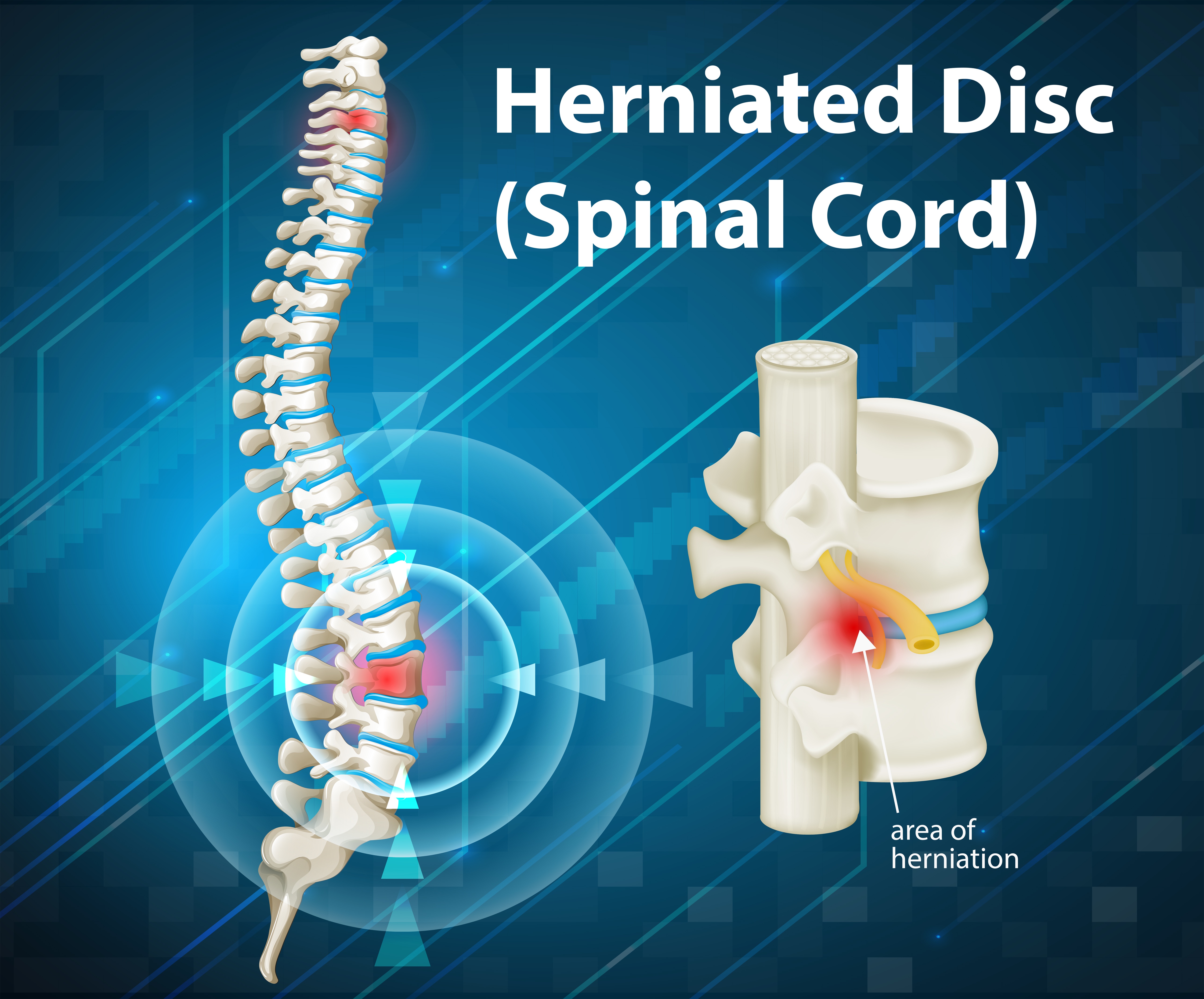Discomfort is a multi-faceted and often debilitating experience that affects countless of people worldwide. As we move through various types of pain, from sharp injuries to long-term conditions, understanding how nutrition plays a key role in pain management can greatly enhance our approach to treatment. This article delves into various pain management services and therapies, exploring the intersection of nutrition and pain relief strategies.
With a wide range of options available, ranging from conventional medications to alternative therapies, it is critical to understand how dietary choices can affect our pain levels. By adopting an knowledgeable perspective on what we eat, individuals can utilize the power of specific nutrients to complement their pain management efforts. From inflammation-reducing diets to understanding the impact of mindfulness and stress reduction techniques, this comprehensive guide will illuminate the various facets of pain management, focusing on how nutrition serves as a crucial piece of the puzzle.
### Understanding Suffering as well as Its Varieties
Discomfort is a multifaceted and subjective perception serving as serves as an significant signal emitted by the organism indicating that some condition could be problematic. It can be sorted in a variety of manners , with a couple of primary classifications being acute and persistent pain .
Sharp discomfort generally arises suddenly as a reaction to a certain injury , illness , or medical operation. This type of discomfort is usually brief , often subsiding as the body heals , and is often linked to recognized causes that can frequently be addressed effectively .
In contrast, persistent pain persists for a extended duration , sometimes over months or possibly a significant duration. It may originate from a variety of disorders, including arthritis , fibromyalgia , or additional underlying health issues . Long-lasting discomfort has the potential to impact an person's well-being , resulting in complications like anxiety , depression , and communal withdrawal . Different from sharp discomfort , long-lasting discomfort may not have a clear underlying reason , which makes it increasingly challenging to manage and necessitating a comprehensive plan to care .
Besides sharp and chronic categories, discomfort can also be categorized based on its source , such as somatic discomfort , which arises from injury to physical tissue , as well as neuropathic discomfort , which results from nervous system harm or impairment. Comprehending the various types of discomfort is crucial for formulating successful pain management approaches , as it permits healthcare providers to adapt interventions to address the particular demands of individual person . By the underlying causes and categories of suffering, clinicians can enhance the total success of discomfort management strategies.
Effective Pain Relief Techniques
Successful pain relief encompasses a number of methods aimed at alleviating discomfort and enhancing quality of life. One integral approach is the use of drugs, which ranges from over-the-counter pain relievers to licensed opioids. However, due to the potential for addiction and side effects, many individuals seek alternatives. Alternative therapies, such as physiotherapy, chiropractic, and therapeutic massage, have shown significant promise in mitigating pain and addressing its root causes. These methods often focus on boosting mobility, decreasing inflammation, and improving overall physical function.

Another important technique is the incorporation of complementary therapies like acupuncture and meditative practices. Needle therapy has been practiced for a long time and involves inserting fine needles into specific points on the body to help relieve pain holistically. Meditative techniques and meditation teach individuals to cope with pain by promoting relaxation and reducing stress, which can exacerbate pain sensations. Integrating these techniques can provide a holistic approach to pain relief, tackling both the physical and emotional aspects of pain.
Lifestyle modifications also play a vital role in managing pain successfully. Adopting an inflammation-reducing diet rich in nutrient-dense foods, such as fruits, vegetables, and omega-3 fatty acids, can help alleviate systemic inflammation, while regular low-impact exercise can improve range of motion and strength. Additionally, stress control techniques, including hatha yoga and sufficient sleep, contribute significantly to pain relief by enhancing overall wellness. By blending these effective strategies, individuals can better navigate their pain management journey.
Holistic Approaches to Pain Relief
Integrative methods to alleviating pain emphasize the importance of integrating various therapies to address pain from multiple angles. This holistic approach goes further than traditional medical treatments by incorporating lifestyle changes, dietary modifications, and alternative therapies. For example, the role of nutrition in pain management is gaining recognition, with anti-inflammatory diets showing potential in reducing pain for issues such as arthritis and fibromyalgia. By focusing on pain clinic that are high in antioxidants and omega-3 fatty acids, individuals may see a decrease in inflammation, thereby alleviating pain symptoms.
Movement, such as yoga and tailored exercise programs, also play a important role in integrative pain management. These practices not only enhance physical fitness but also boost mental well-being, which can significantly affect pain perception. Mindfulness and relaxation techniques have been shown to help diminish stress, which is closely linked to increased pain levels. By fostering a sense of calm and improving emotional resilience, these techniques complement other treatments and contribute to a comprehensive pain management strategy.
Furthermore, complementary therapies like acupuncture, chiropractic care, and massage therapy provide further layers of support for those experiencing persistent pain. These methods address pain physically through manipulation and fine-tuning of the body's musculoskeletal system. When utilized in conjunction with medical treatments, they can enhance overall effectiveness and lead to a better quality of life for patients. By recognizing and integrating these varied approaches, individuals can create a balanced and personalized pain management plan that meets their unique needs.
